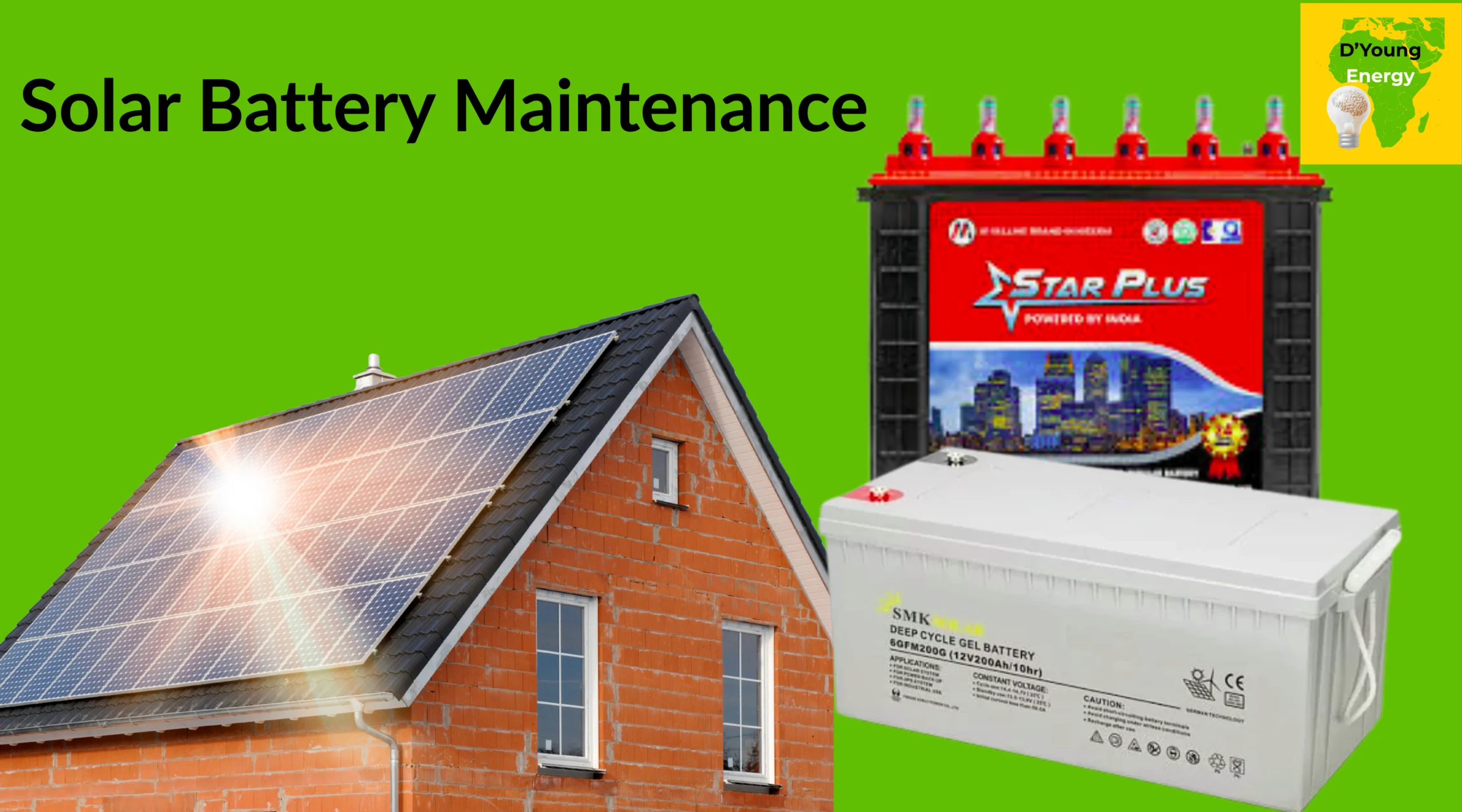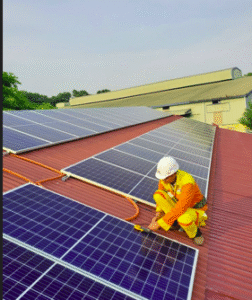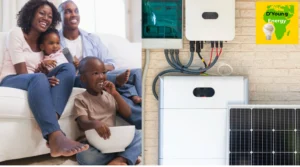Solar batteries are the heart of every solar system. They store the sunlight your panels generate during the day and release it at night to keep your home powered. But here’s the problem: most Nigerians complain that their solar batteries don’t last long. After just a few months, the battery starts “cutting off,” fails to hold charge, or completely dies. Why? Poor solar battery maintenance and wrong usage habits.
If you’ve invested in solar and want it to last for years, this article will show you how to extend and carry out solar battery maintenance in Nigeria, no matter your location or system size.
1. Understand the Type of Solar Battery You Have
There are different types of solar batteries — Lead-Acid, Gel, AGM, and Lithium-Ion (LiFePO₄).
Each has its own maintenance requirements and lifespan.
Lithium batteries offer the longest life (up to 10–15 years) with minimal maintenance, while lead-acid batteries require regular care to prevent sulfation and deep discharge.
- Tip:
Ask your installer what type of battery you’re using and read the manufacturer’s manual. At D’Young Energy, we always provide documentation and training after installation.
2. Avoid Deep Discharging
One of the main reasons solar batteries fail quickly in Nigeria is deep discharge; draining your battery below its safe voltage.
Every battery has a Depth of Discharge (DoD) limit. For example:
- Lead-Acid: should not go below 50% capacity
- Lithium-Ion: can safely discharge up to 90%
Going beyond these limits repeatedly shortens the battery’s life dramatically.
- Solution:
Use an inverter or charge controller that automatically cuts off the battery before it’s over-discharged.
At D’Young Energy, our systems come with smart battery protection that prevents deep cycling damage.
3. Keep Your Solar Battery Properly Charged
Nigeria’s cloudy days and inconsistent sunlight can cause undercharging — another silent battery killer.
When a battery doesn’t fully charge for days, sulfation (crystal buildup) begins to form inside lead-acid batteries, reducing their efficiency.
Solar Battery Maintenance Tip:
- Ensure your solar panels are clean and facing the right direction.
- Use an MPPT charge controller for efficient charging even on low sunlight days.
- If using hybrid systems, plug into PHCN/grid occasionally to boost charge during rainy seasons.
4. Protect Your Battery from Heat
High temperatures are deadly for solar batteries, every 10°C rise above normal operating temperature can cut battery life by 50%.
Best Practice:
- Keep batteries in a cool, dry, and ventilated room (not your kitchen or roof).
- Avoid placing them near direct sunlight, generators, or heat sources.
- If possible, install a temperature sensor to monitor performance.
At D’Young Energy, we design battery banks in shaded or ventilated enclosures to prevent overheating.
5. Keep Battery Terminals Clean and Tight
Corrosion or loose connections at the battery terminals cause poor current flow and voltage drop. Over time, this increases resistance and reduces battery performance.
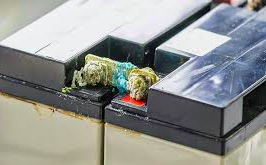
Maintenance Routine:
- Inspect terminals every month.
- Use a dry cloth or soft brush to clean off dust and corrosion.
- Apply petroleum jelly to prevent rust.
- Always tighten loose cables (but never overtighten).
6. Don’t Mix Old and New Batteries
Many Nigerians try to replace only one battery in a failed bank to save costs — but this actually reduces the performance of the entire system.
When old and new batteries are connected together, the weaker one drags down the stronger one, causing faster degradation.
Solution:
Always replace all batteries in a bank at once or isolate the bad ones completely.
At D’Young Energy, we test and balance battery banks using professional tools before installation.
7. For Lead-Acid Batteries: Check Water Levels
If you’re using a flooded lead-acid battery, it needs regular topping with distilled water, not tap water.
Low electrolyte levels expose the plates to air, causing permanent damage.
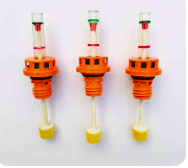
How to Do It:
- Check water levels monthly.
- Only add water after the battery is fully charged.
- Never overfill!
(If you’re using Lithium or Gel batteries, you can skip this step — they’re maintenance-free.)
8. Avoid Overloading Your System
Overloading happens when you connect too many appliances beyond what your inverter and batteries can handle.
This forces the battery to discharge faster and reduces its overall lifespan.
Tip:
Know your system’s capacity (e.g., 5kVA system = about 4,000W load limit).
Don’t plug in electric irons, kettles, or freezers unless your system was designed for it.
If you’re unsure, D’Young Energy offers free energy audit consultations to help you calculate your true load.
9. Regular System Inspection and Maintenance
Even the best batteries need periodic checks. Be on the look out for:
- Corrosion at the battery terminals
- Signs of electrolyte leakage
- Electrolyte level on tubular batteries
- Signs of melting on the battery casing
- Loose wires, dust buildup issues can go unnoticed until they cause damage.
Best Practice:
Schedule a professional solar battery maintenance service every 3–6 months.
At D’Young Energy, we provide full maintenance packages including:
- System inspection
- Battery testing
- Panel cleaning
- Performance optimization
10. Use Smart Battery Monitoring Tools
Technology can help you extend your battery’s life.
Smart monitoring apps track your battery’s voltage, charge cycles, and temperature, sending alerts if anything goes wrong. If your system supports it, ask for a Wi-Fi-enabled inverter or smart monitor that connects to your phone.
11. Check Your Battery Voltage
This is commonly carried out for dry cell batteries (maintenance-free). The best way to carry out solar battery maintenance is by determining the state of charge (S0C) and health of the batteries by measuring the voltage in each of the batteries using a multimeter.
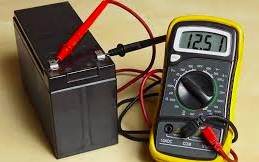
Summary: Solar Battery Care Checklist
| Maintenance Task | Frequency | Purpose |
| Clean terminals | Monthly | Prevent corrosion |
| Check water level (if Tubular Lead-Acid) | Monthly | Prevent plate damage |
| Inspect battery room | Monthly | Avoid heat & moisture |
| Check system performance | Quarterly | Detect early issues |
| Professional service | 6 months | Extend lifespan |
Ready to Enjoy 24-Hour Light Without Generators?
Let’s help you choose the perfect solar battery for your home today!
📞 Call/WhatsApp: +234 703 717 9294

